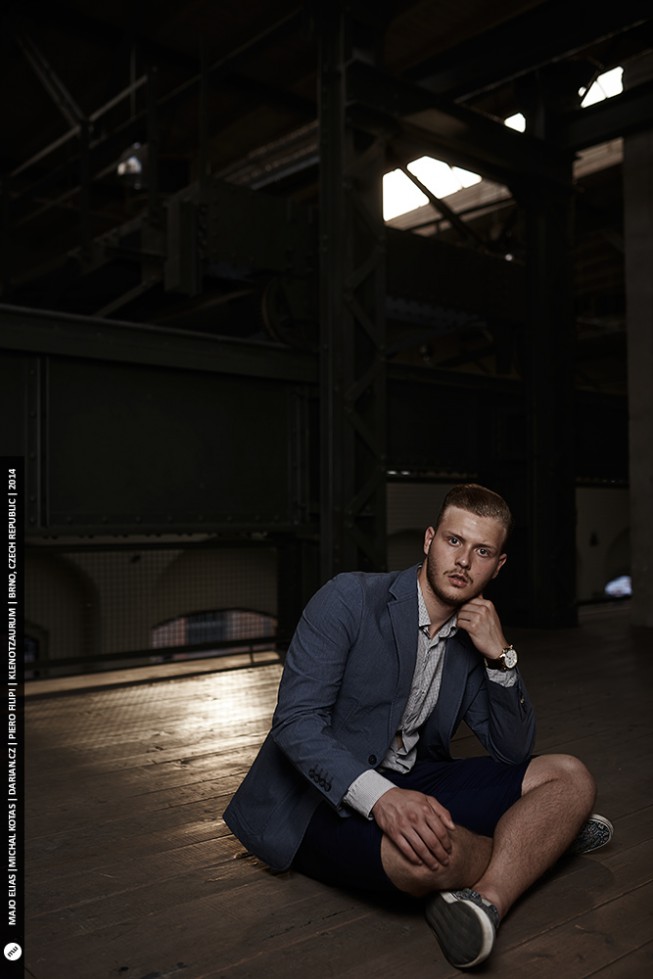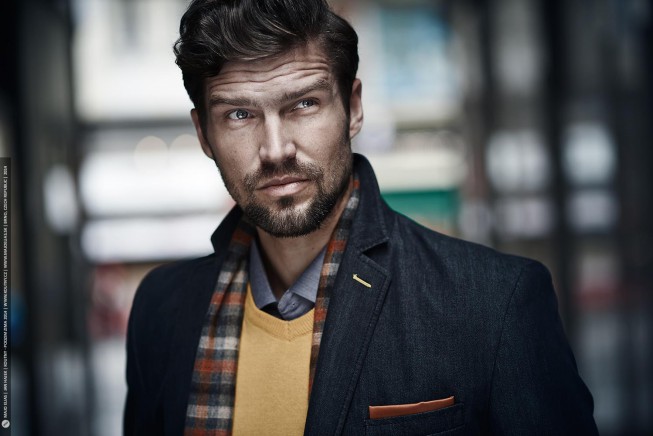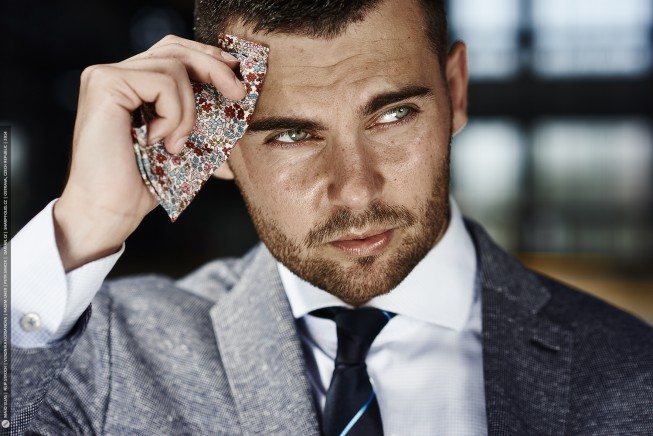TFP Photo Sessions

TFP is something you should learn about, even if just for the fact that many professional photographers and models are less than thrilled about the TFP trend. TFP (Time for Prints) is a form of transaction in the photography business world where neither side charges the other side money. The model gives the photographer their time, and the photographer gives the model presentation photographs.
TFP—Time For Prints or Time for Photos—is a side-effect of the current situation where there is an exceptionally large number of camera owners around, thanks to low prices. More cameras, more photographers—and in turn and in direct correlation: more models.
The old hands in the field have various stances towards this boom; some welcome it, others have no kind words for it. One thing’s for sure, however: TFP doesn’t mean “no rules”—so we’ll be taking a look at its unwritten rules later in this article. It’s just logical when beginning photographers and beginning models join forces to cooperate. They help each other out, and they both gain experience.
Joyriding
Those who hate this kind of exchange claim that this behavior by their colleagues robs them of new business. But that’s an illusion. Most people doing TFP are in it for fun—for the joy of photography. Because of this, they’ll always be working on the amateur, hobby level, never having the need or the ambition to go higher. But one can’t expect the results (in either direction) to be stunning on a professional level… with exceptions of course. Let’s just say, they are what they are. Because of all this, a typical hobby photographer won’t get—can’t “steal”—any attractive commercial orders this way, because they’re not even looking for them. The same applies for the models. If they have the goods, then they will eventually work their way up to the pro level in time anyway.

Another possible variant is where an experienced (though not necessarily professional) photographer approaches an inexperienced, young would-be model. The photographer sees their potential. If the model here really is as good as the photographer believes, then it’s only a matter of time before they do reach the professional sphere. High-quality prints will only shorten the journey. (For some good insight into this type of situation, watch the movie “Desert Flower.”)
TFP and Professionals
From time to time even a professional photographer or model needs to photograph a topic that’s missing from their portfolio—perhaps because without that topic they’ll miss out on a new client. It’s nothing unusual. In this situation the photographer handles the spaces, props, etc. and picks a model or models who will gladly take part in such a project even when it doesn’t involve cash changing hands. Here too it’s about mutual aid. TFP shoots by professionals are indistinguishable from commercial shoots. Both the photographer and the model need to maintain a high standard. Neither one of them can afford to produce bad photographs, even if they’re “only from TFP.”

TFP Is Not Cost-free
Many people believe that TFP photography equals photography for free. But it’s not true. Quality photographs have costs. (I’m not talking about the investment in the camera itself, the makeup, ongoing education, hairstyling, etc.) Each partner in the shoot should contribute in their way. The photographer via their experience, the model via their charm, the stylist via their make-up job… all of which have commercial value. And all of these partners will be rewarded in turn with great photos.

What Belongs in TFP? What Doesn’t?
There are people out there think that they can demand a TFP shoot even though they don’t have any interest in continuing with photography and gaining experience in the field, nor do they want to educate themselves or expand their portfolios. I’ve even seen cases where people want to use TFP to photograph a building or take a family portrait. That’s not how TFP works.
Head forth and do TFP photography, but never forget that TFP is about joining forces to take a step forward. It doesn’t matter which side of the lens you’re on. All that matters is that you want to improve.

